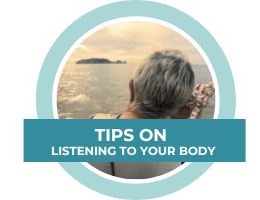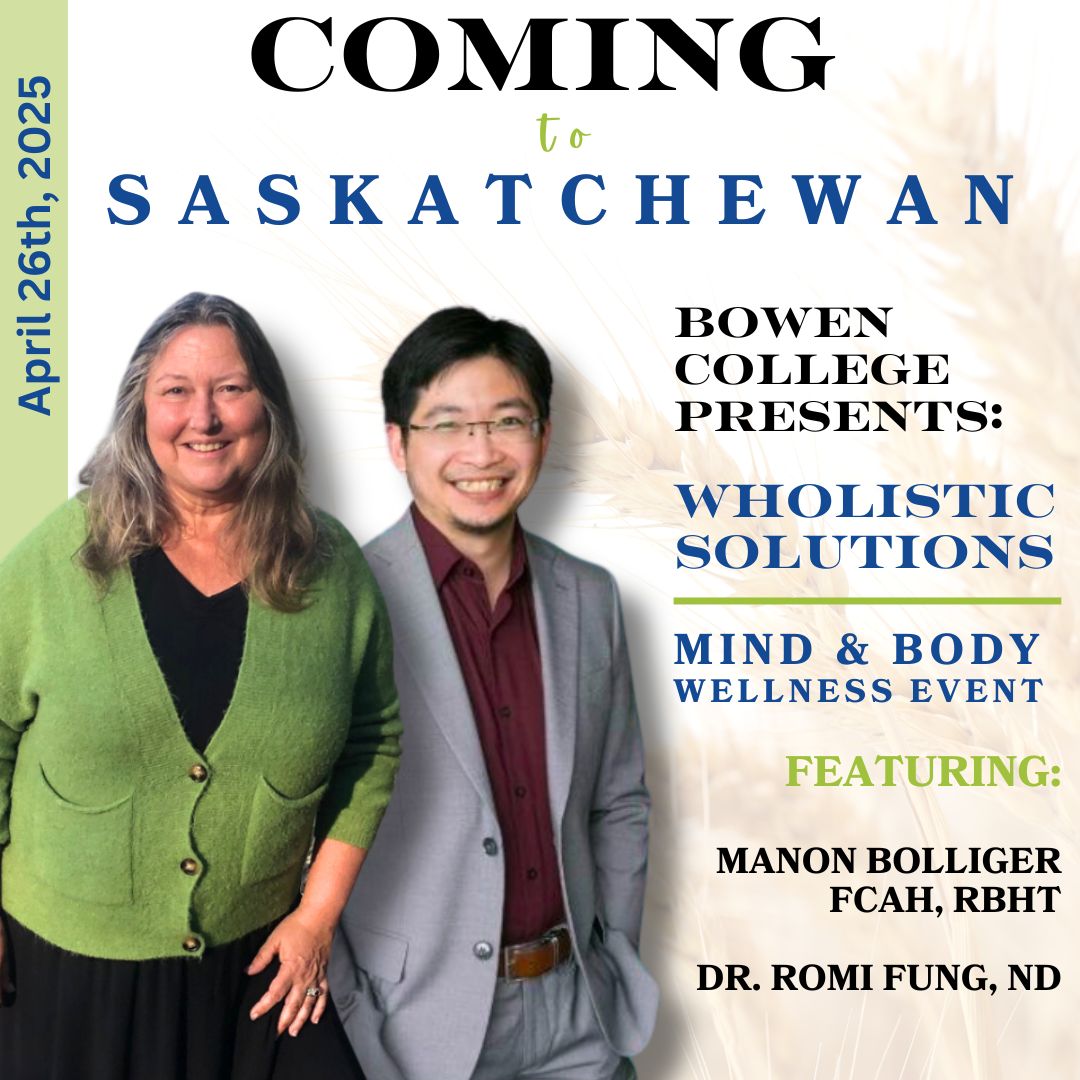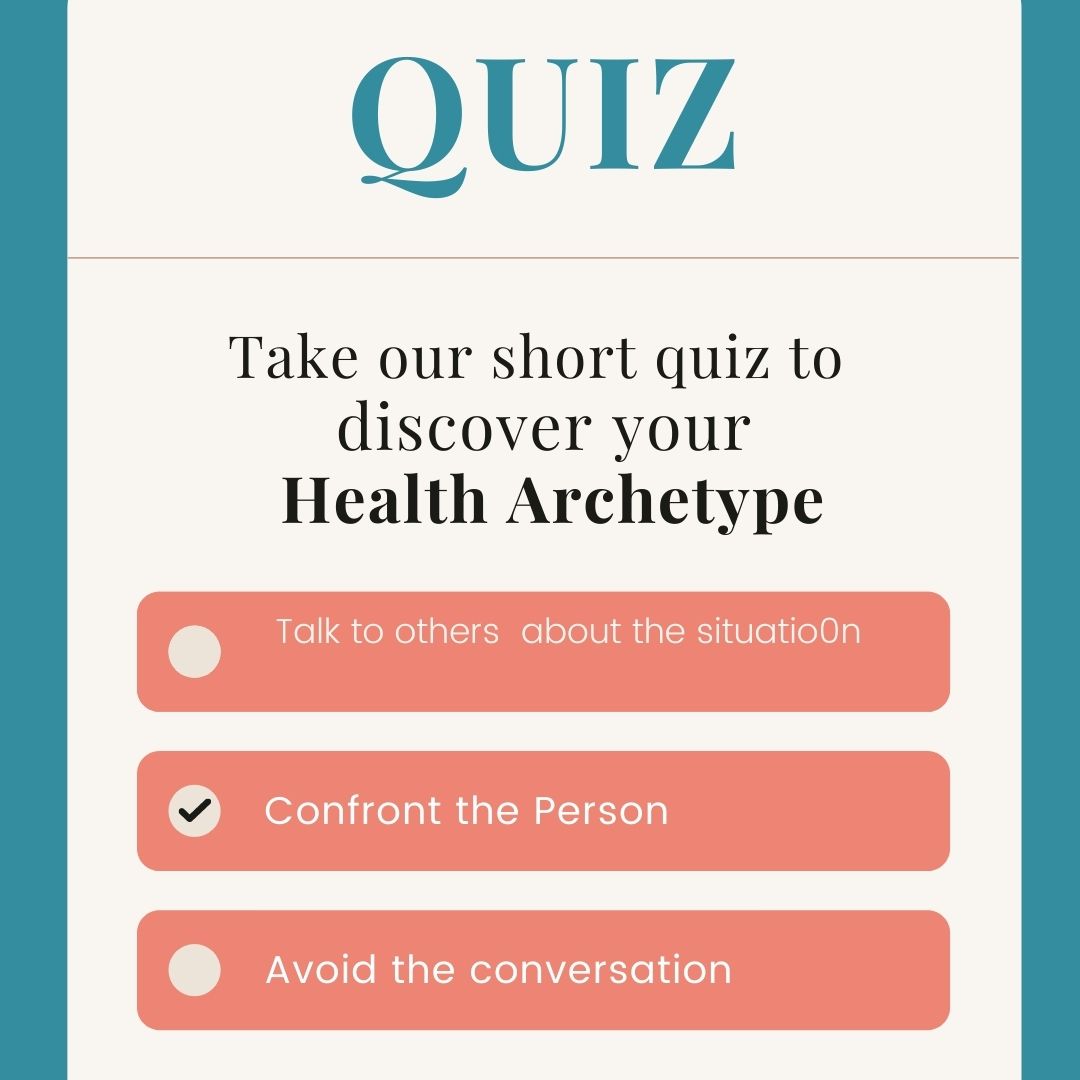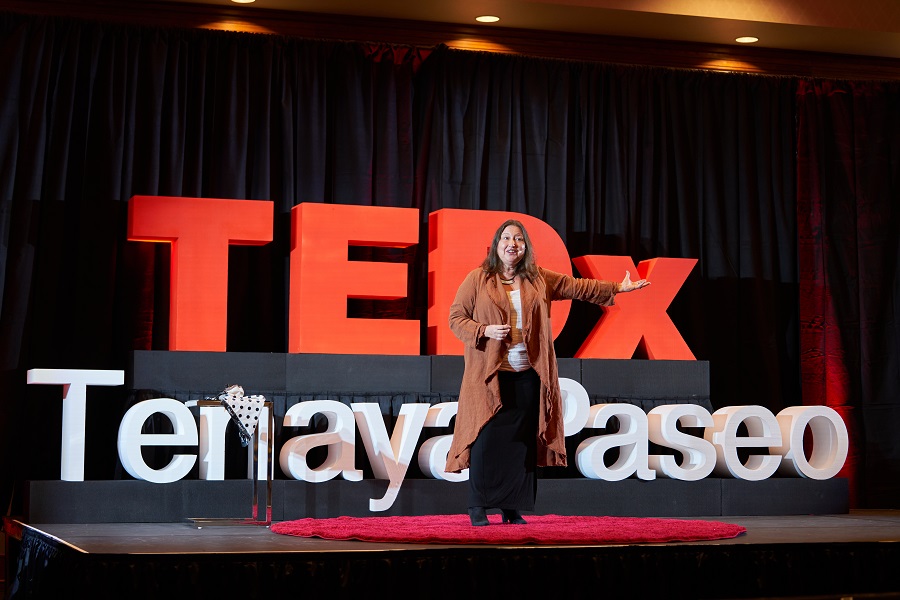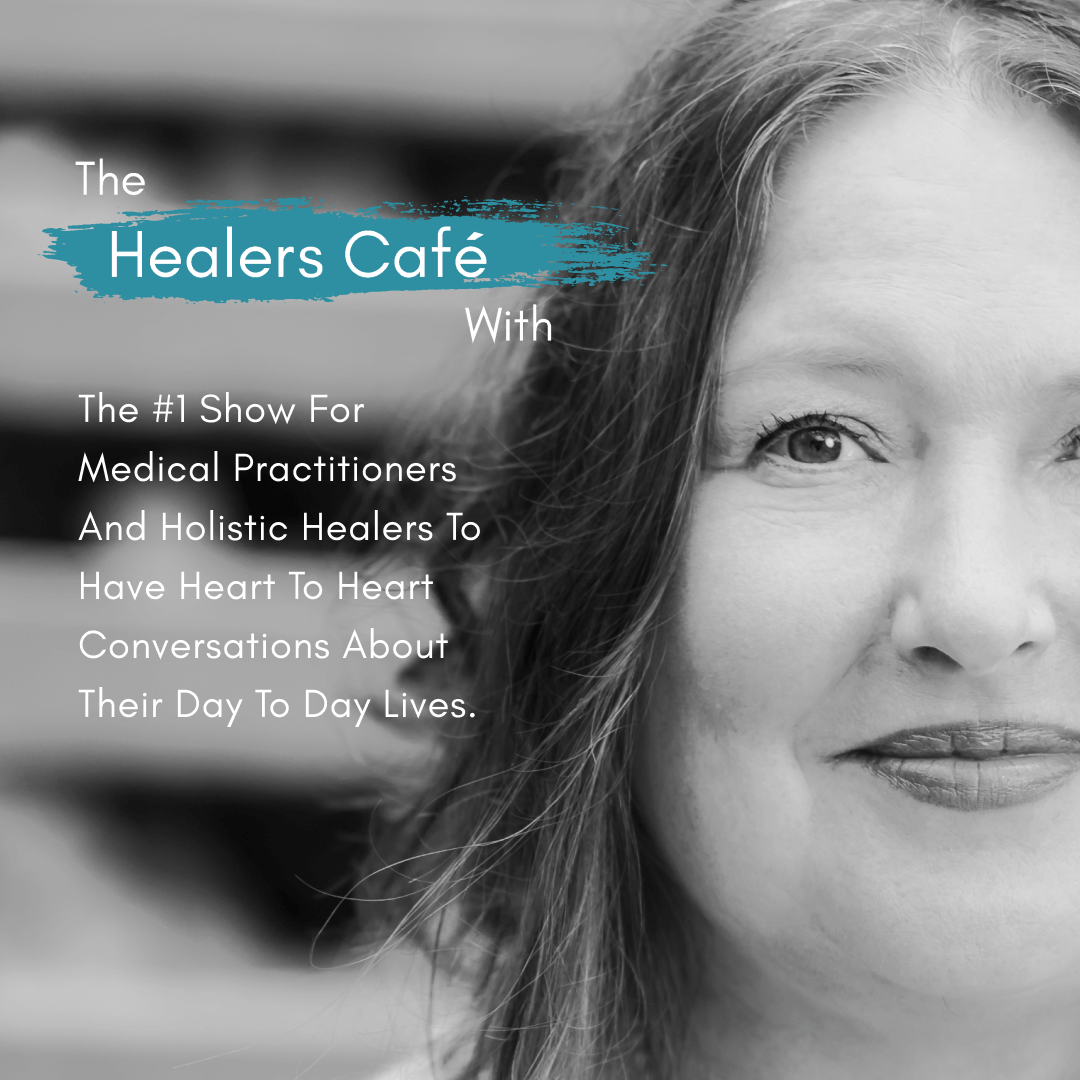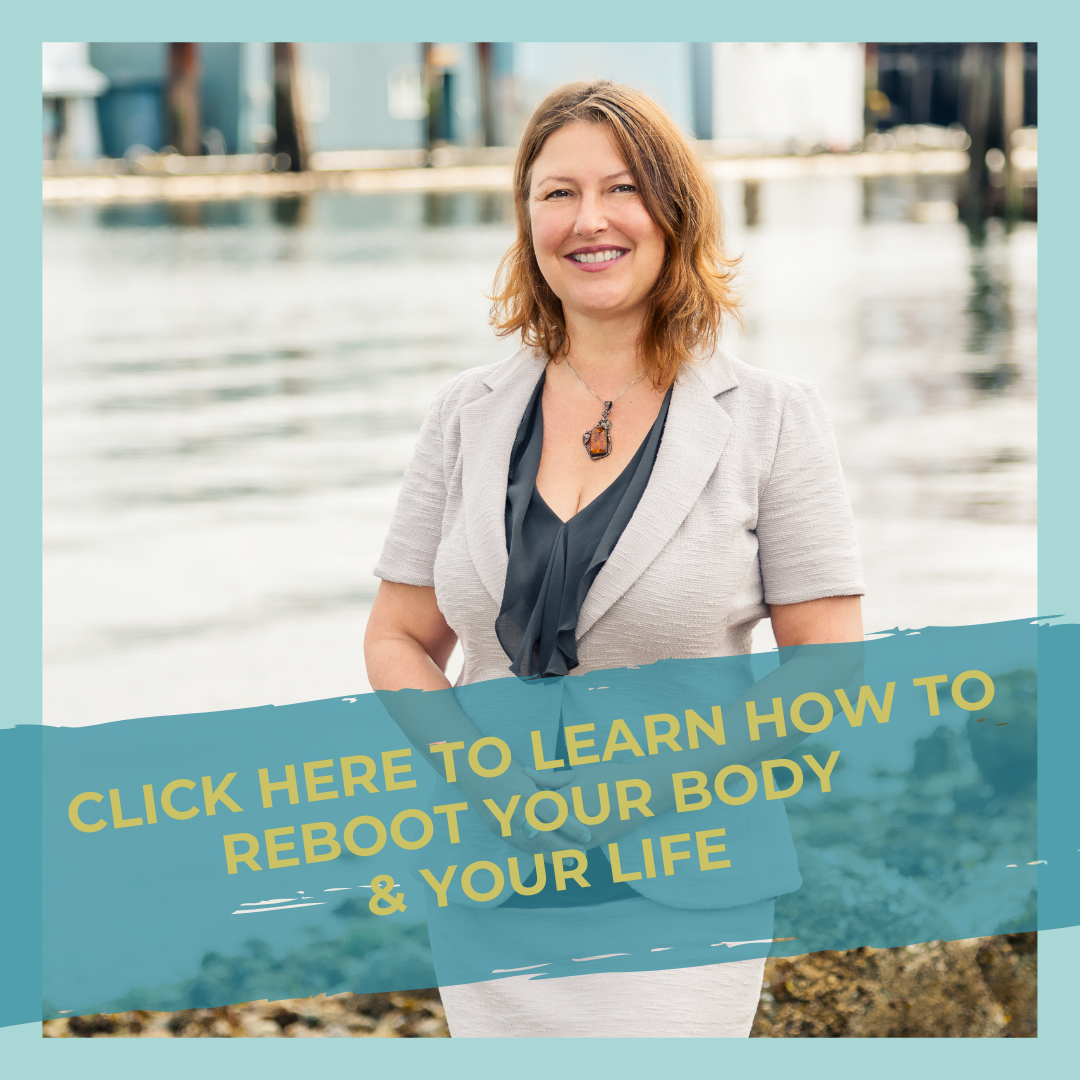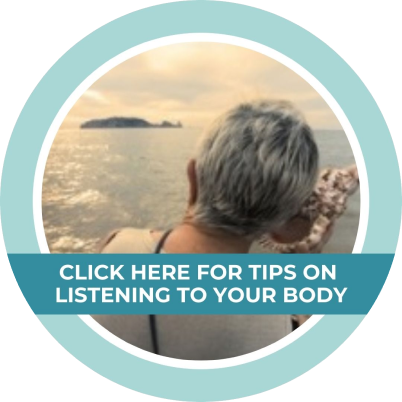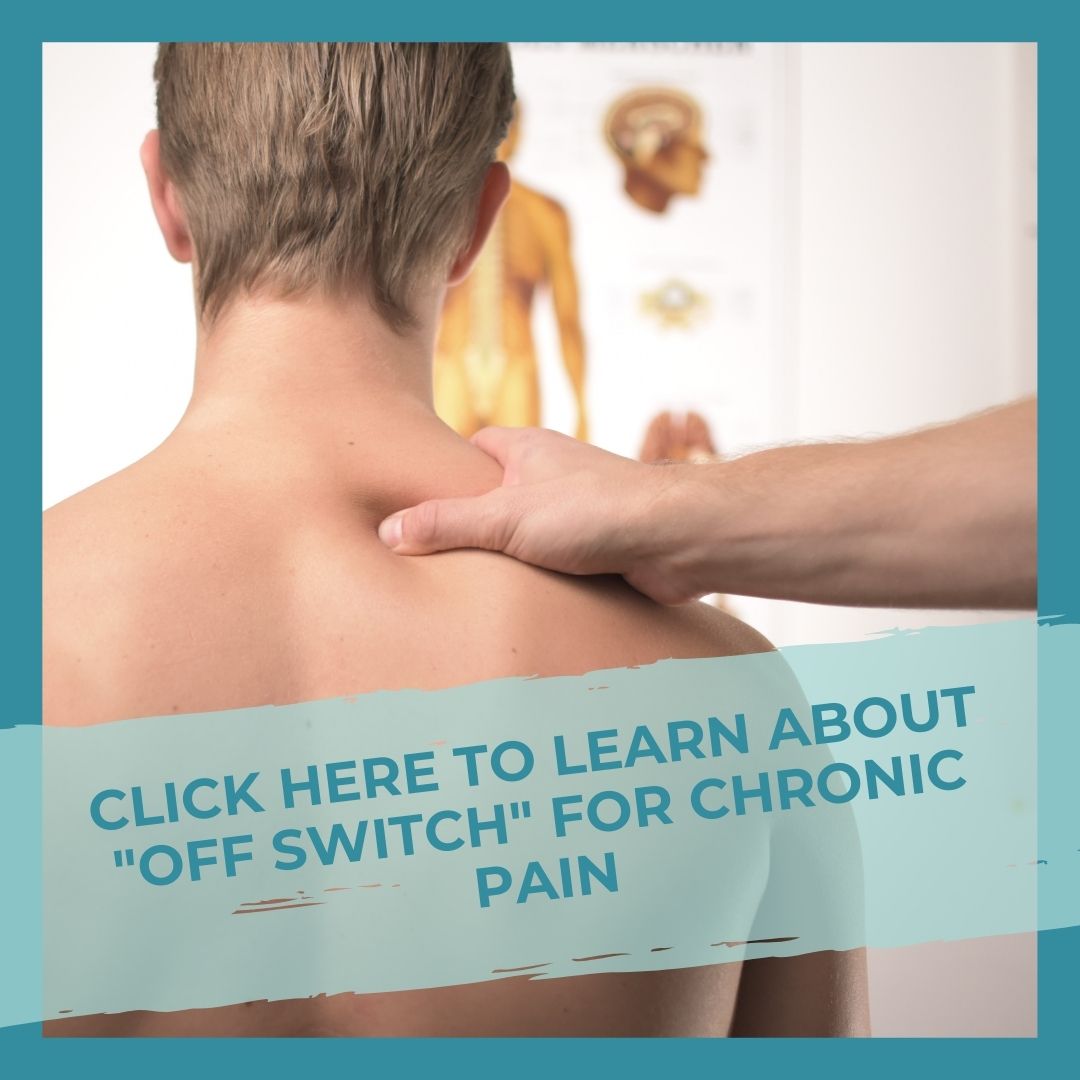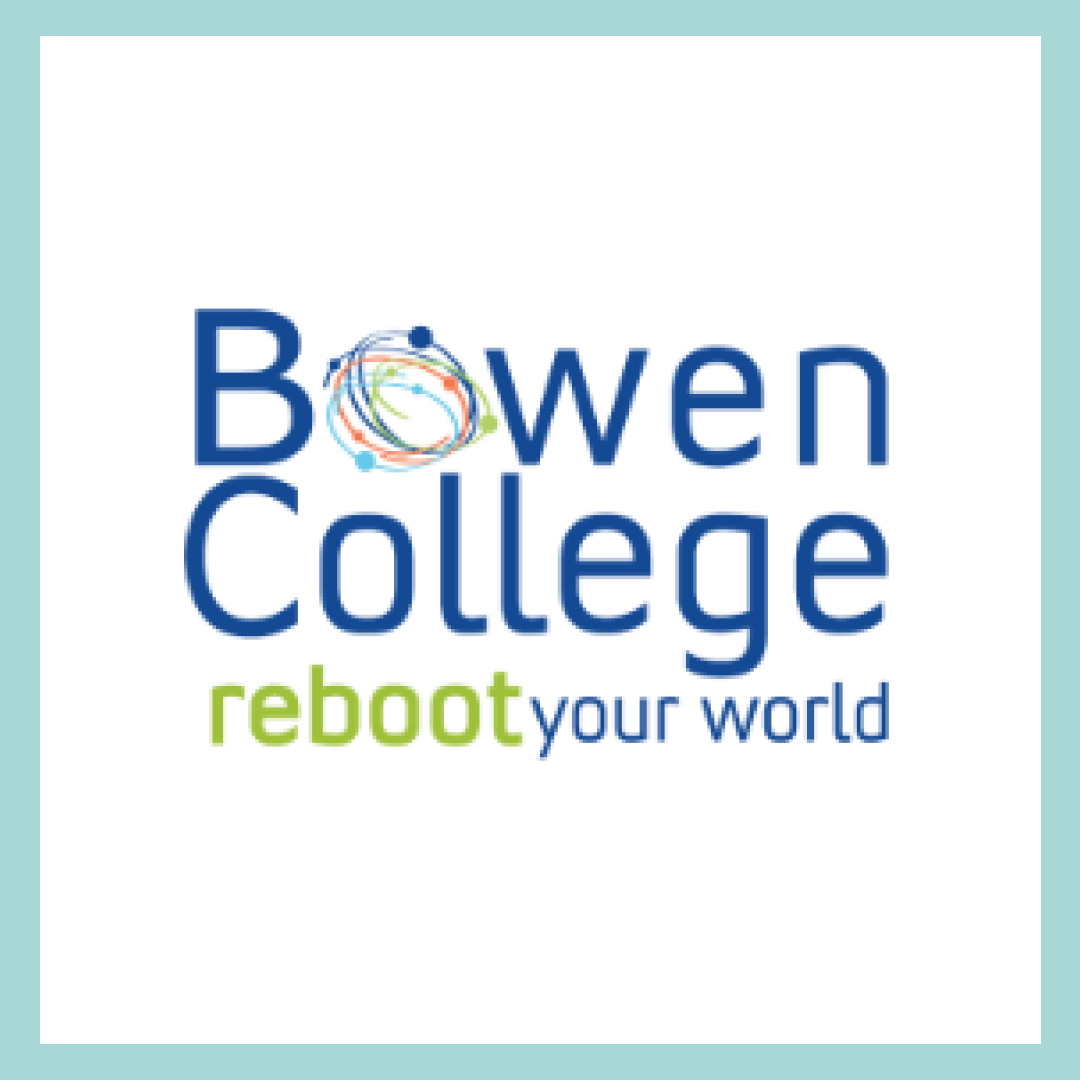
The #1 show for medical practitioners & holistic healers to have heart to heart conversations about their day to day lives.
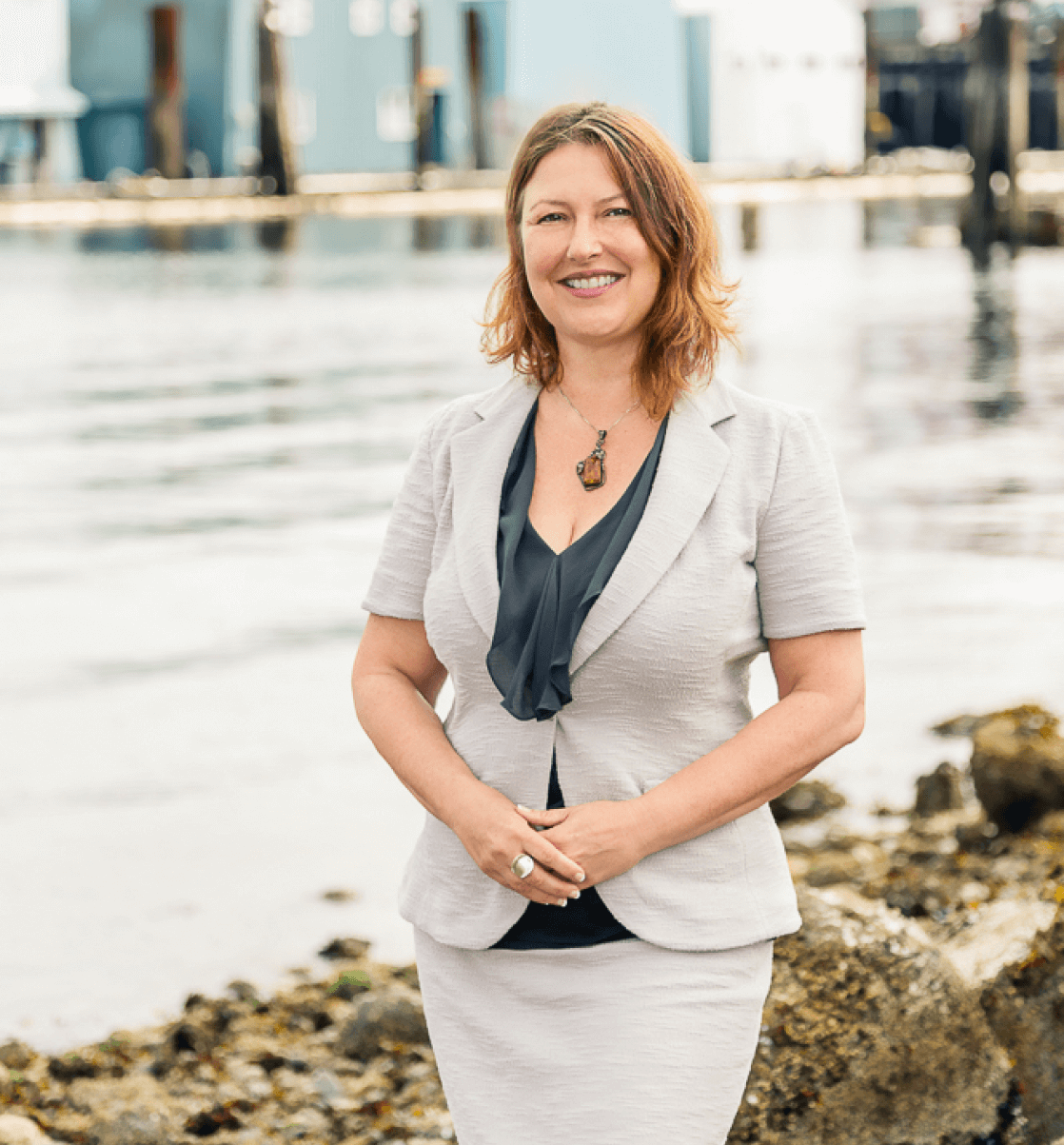
Manon Bolliger (Deregistered with 30 years of experience in health)
iTunes | Google Play | Spotify | Libsyn | iHeartRadio | Gaana | The Healers Cafe | Radio.com | and many more
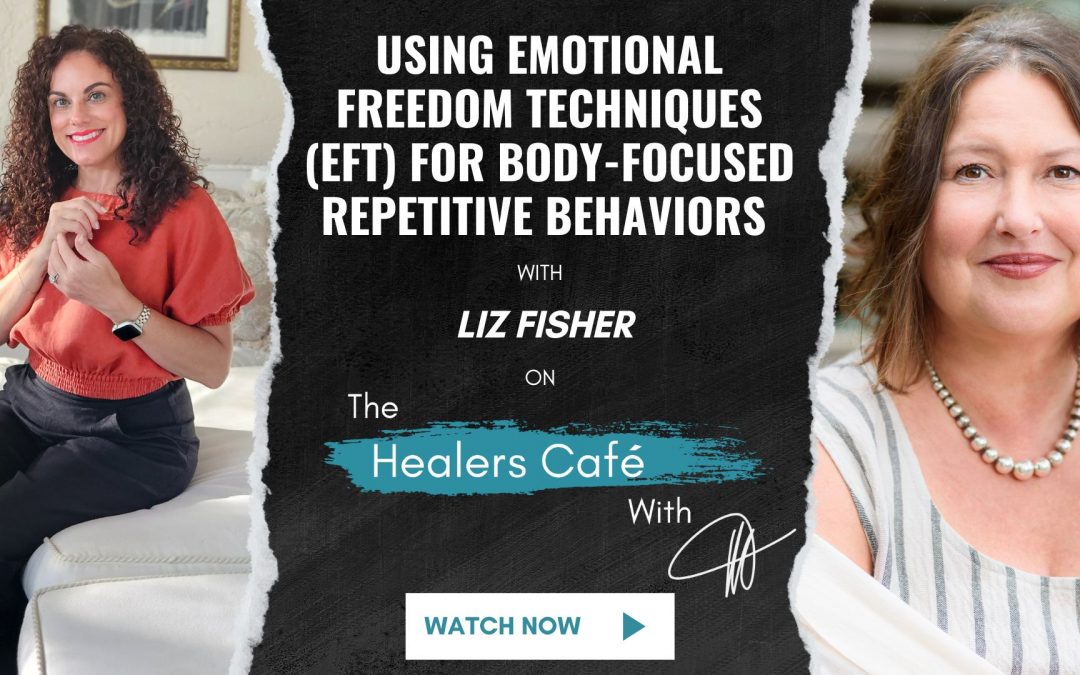
Liz Fisher
Using Emotional Freedom Techniques (EFT) for Body-Focused Repetitive Behaviors
In this episode of The Healers Café, Manon Bolliger, FCAH, RBHT (facilitator and retired naturopath with 30+ years of practice) speaks with Liz Fisher about how tapping therapy can help in addressing emotional obstacles to reshape the subconscious mind. Liz offers personal anecdotes and useful advice for integrating these practices into everyday routines.
Highlights from today’s episode include:
Liz Fisher
And it’s, it’s hard to get to the main, the root of the problem without being specific. So the more you know about the condition, or you know, the better it is.
Liz Fisher
That’s very specific part of me feels like I can’t let go of this. It feels like a good friend. It feels like something I’ve known my whole life, it would be very uncomfortable. Okay, so we can tap on that. But that might not clear the problem. And how that works is we would know if that’s the main core issue, or if there are other aspects that come up around that.
– – – – –
Liz Fisher
There isn’t a, you know, the same answer for everyone. But it works kind of in layers. It’s like peeling an onion. So whenever comes up, then we work on it. It might take four sessions for someone it might take, you know, a year, everyone’s different.
ABOUT LIZ FISHER
Hi, my name is Liz Fisher and I am an EFT International Accredited Certified EFT Practitioner and Energy Makeover EFT Coach. I studied under Accredited EFT Practitioner and Certified Master Trainer, Betsy Muller.
I found EFT while searching for cures for ongoing anxiety about 10 years ago and taught myself how to use it by watching YouTube videos. It helped me so much that I wanted to learn more about it.
After completing EFT Level 1 and 2 courses with Betsy, I knew that this was my calling. I had been a Graphic Artist for more than 20 years and EFT appealed to a creative side of me that I didn’t even know existed!
My goal in our coaching sessions is to help you remove your subconscious blocks and become a better version of yourself. Whether you are struggling with anxiety, panic attacks, financial freedom or you just want to better your relationships, EFT can be applied to literally anything you can imagine and it works when other treatments have fallen short.
I have personally overcome Emetophobia, Panic Attacks and Trichotillomania, a body focused repetitive behavior (BFRB); that I had for over 35 years using EFT! So get ready for this wonderful journey we are about to embark on together!
My EFT Coaching includes, but is not limited to:
Anxiety/Panic Attacks
Chronic Pain
Emetophobia
Money Blocks/Finances
Performance Anxiety
Phobias
Tinnitus
TMJ/Migraines
Trichotillomania
Core purpose/passion: I am passionate about sharing my personal story because it’s a good one and just talking weekly on my Podcast about tapping with other colleagues in the energy medicine field. If I can help even one person change their life with tapping then I have succeeded!
Website | Facebook | YouTube | LinkedIn | Instagram | X | Linktr.ee
ABOUT MANON BOLLIGER, FCAH, RBHT
As a recently De-Registered board-certified naturopathic physician & in practice since 1992, I’ve seen an average of 150 patients per week and have helped people ranging from rural farmers in Nova Scotia to stressed out CEOs in Toronto to tri-athletes here in Vancouver.
My resolve to educate, empower and engage people to take charge of their own health is evident in my best-selling books: ‘What Patients Don’t Say if Doctors Don’t Ask: The Mindful Patient-Doctor Relationship’ and ‘A Healer in Every Household: Simple Solutions for Stress’. I also teach BowenFirst™ Therapy through Bowen College and hold transformational workshops to achieve these goals.
So, when I share with you that LISTENING to Your body is a game changer in the healing process, I am speaking from expertise and direct experience”.
Mission: A Healer in Every Household!
For more great information to go to her weekly blog: http://bowencollege.com/blog.
For tips on health & healing go to: https://www.drmanonbolliger.com/tips
SOCIAL MEDIA:
– Linktr.ee | Rumble | Gettr | Facebook | Instagram | LinkedIn | YouTube | Twitter |
About The Healers Café:
Manon’s show is the #1 show for medical practitioners and holistic healers to have heart to heart conversations about their day to day lives.
Subscribe and review on your favourite platform:
iTunes | Google Play | Spotify | Libsyn | iHeartRadio | Gaana | The Healers Cafe | Radio.com | Medioq | Audacy |
Follow The Healers Café on FB: https://www.facebook.com/thehealerscafe
Remember to subscribe if you like our videos. Click the bell if you want to be one of the first people notified of a new release.
* De-Registered, revoked & retired naturopathic physician after 30 years of practice in healthcare. Now resourceful & resolved to share with you all the tools to take care of your health & vitality!
TRANSCRIPT
Introduction 00:00
Welcome to the Healers Café. The number one show for medical practitioners and holistic healers, to have heart to heart conversations about their day to day lives, while sharing their expertise for improving your health and wellness.
Manon Bolliger 00:20
So, welcome to the Healers Café. And today I have with me Liz Fisher. And she is an EFT international accredited certified practitioner and has been working as a coach. Now, if you could, we’re going to talk about what EFT is, I think a lot of people do know what that is, but there might still be some that don’t understand how it works, and what it really is and how to differentiate it. But before we go into all of that, and how it can help people, why don’t we spend a little bit and you tell me how your journey came to be? How did you find out about this? How did you know you wanted to go into this? What was your personal journey?
Liz Fisher 01:12
Okay, well, first of all, thank you so much, Manon for having me today. I’m honored to be here. And my journey is I found EFT basically out of need. I have two boys, a 13 year old and a nine year old. And when I was nursing my second son, my youngest, he was probably three months old. And he never slept. He had terrible colic. I had compulsive hair pulling disorder, which is Trichotillomania, since I was eight years old, and I was able to keep it under control enough to where I didn’t have to wear a wig. And it was managed. But during this really stressful time of I wasn’t getting any sleep, the baby wasn’t getting any sleep. I was doubly exhausted, I was actually having panic attacks when I did actually get in to bed knowing that this baby is going to wake up and I’m going to have to spring into action and go sit in this nursing chair for hours in the middle of the night. I would be pulling my hair and it was debilitating. I thought I am going to be bald here. If I don’t cut this out, you know, how am I gonna manage and I don’t want to take any medications. I still want to be able to nurse but I was literally at my wit’s end. And I Googled, I remember in the middle of the night one night with one hand drug free ways to cure …
Read more...
Trichotillomania and EFT. And I found some YouTube videos on it. So I taught myself how to do this. And I did it a lot in over the course of the next three months. I never pulled my hair once, which was unheard of for me. In the years past, you know, since I was eight, when I finally decided I wanted to do something about this, I was probably 25 I was able to regrow my hair. And at that point it was willpower that kept me from doing the behavior but it is such a strong behavior. It’s um, it’s an addiction. It’s like I can equate it to alcohol addiction or drug addiction. It’s that addictive. Smoking, it’s a really good comparison to like it’s there’s a very, very much a sensory component to this pulling. And after that three month time, it was the holidays, I remember and I started pulling again and my parents are divorced. They got divorced when I was 15. And the holidays are always a hard time. So we you know, there’s a lot of stress around the holidays. So I started pulling again after that three months of nothing. And I thought, Oh, I must not be doing this right, something I need to see someone in person that can show me how to do this. So I found Betsy Muller, who is local here. I’m in Cleveland, Ohio, and I sought her out. And I wanted to go to her house. I had a session with her to learn how to do this. And I was doing it correctly. And she had really never worked with anyone with hair pulling. And although we didn’t kind of get to the root, if you will, uh, no pun intended. Yeah, the issue. I was so intrigued and she was a trainer. And I know there’s something to this. So my background is graphic design, marketing, web design. I have a degree in that I did that for 20 plus years. And I came home from her house that day after that session and I said to my husband, I have to do this. I don’t know why, but I just do, and he never questioned me. I got certified and during my certification, we had to work on something of our own that we wanted to have a some type of a change personally, and we had a practitioner to work with and the only other person I knew that worked with hair pulling disorder is a woman named Joan Kaler. She is also now a master trainer, accredited master trainer. And we had to have four sessions with someone that we picked to work on, you know, something with and of course, I was picking my hair pulling to work on. And Joan was so familiar with all these behaviors, the reasons why we did it that she was able to form these setup statements around why, and they resonated with me so well that after three sessions, I was able to stop doing it all together. Um, my client base now is mostly people that have body focused repetitive behaviors such as skin picking. And I was also able to clear my panic disorder, I had severe panic. I had panic prior to having kids. But I was able to clear that panic with EFT as well. And also emetophobia, which is the fear of throwing up, I had that since I was a young girl because of the trauma that happened with my sister when I was younger, I grew up in a room with that we shared as kids. So I do have kind of a very unique niche of clients that I see. But they, you know, I’ve had a lot of success helping people and I feel like well, I guess I was meant to have these specific things in my life so that I could figure out a way to heal them, and help others that have them.
Manon Bolliger 06:56
Hmm. Yeah, I was picking up on the this when you said that this Betty was her name?
Liz Fisher 07:04
Betsy Muller.
Manon Bolliger 07:05
Yeah, no, hang on. Is that the one you know the one you worked with the four sessions?
Liz Fisher 07:10
Joan Kaler. I worked with her.
Manon Bolliger 07:12
Yeah. When you mentioned that the sentences she had such a good understanding of the condition that her sentences were so good, right. Yeah, can you…can you explain that? Because I, you know, I think there’s a lot of YouTube videos out there. And, and there’s some, you know, great courses I’ve taken some myself just to understand it better. But I think the sentence matters a lot.
Liz Fisher 07:46
Yes, you’re totally spot on with that. And that’s when people hire a practitioner like me, they can’t get to the main source, they can’t get down that specific. And I’m kind of like a, I don’t know, I’m kind of, I’m listening, I’m to my client, I’m kind of searching to make sure it’s like I’m an investigator, I’m investigating what the problem is and how it started, and how to best fix it. And when you’re online, searching for something specific, you’ll find videos that are what we call global tapping, where you’re not being specific. It’s very general. And you know, even though I have this anxiety, even though I have this urge to pull my hair, so it’s, it doesn’t resonate as much as it should, it doesn’t kind of unstick you around why? So that’s what I found when I originally found tapping. That’s I found some global tapping videos. And it’s, it’s hard to get to the main, the root of the problem without being specific. So the more you know about the condition, or you know, the better it is. I mean, I saw all kinds of psychologists, psychiatrists, counselors growing up for this condition, no one, they all just said don’t do it anymore. Sit on your hands do this do that. It’s literally like you can’t control it. I can’t explain it. But no one would know that unless they had it, no one would know the intricacies of it. And that’s why working with Joan was so powerful and why it actually why it really worked. Because her sentence resonated.
Manon Bolliger 09:44
Can you give like, I mean, does it depend on two parts one, let’s say that the generalized statement is you resonate with it, and it feels good enough for you. The happens not to be the root cause, but you don’t know that. Right? Consciously. You don’t know that. So you think this is good. Because you’re aligned with the statement, is that therefore good enough that it will help you? Or is the work more about…like, if you’re not resonating with the sentence too generalized, I get that you need to get more clear. But is it the resonating and alignment that is the most significant part? Or is it the precision in all cases?
Liz Fisher 10:41
It depends. I’d say that’s a really good question. I don’t know that I’ve ever been asked that before. But it’s two parts. So when myself as a practitioner, someone comes to me with this. And they say, I don’t want, I don’t want to stop pulling, because I feel like I’ll lose a part of me. Okay, so we can tap on that. That’s very specific part of me feels like I can’t let go of this. It feels like a good friend. It feels like something I’ve known my whole life, it would be very uncomfortable. Okay, so we can tap on that. But that might not clear the problem. And how that works is we would know if that’s the main core issue, or if there are other aspects that come up around that. So when we’re tapping together on, even though I don’t want to stop because it feels good. I’m afraid I don’t, I don’t want to lose this thing. Other things called aspects we call aspects in tapping will come up around that. And those things like we can say Gary Craig, who invented EFT back in the 80s, which was kind of a derivative of Roger Callihans thought guilt therapy in the 70s. Gary talks about the core issue as he refers to it as a table. So as practitioners, we know, we’re trying to knock the legs out from underneath this table, but the core belief would be the tabletop. And then there will be these legs that come up around it. So when we’re tapping, like I had a client today tapping, saying, I don’t want to give this up, it feels like such a part of me. And then what came up around that was all this sadness, of giving up saying goodbye to an addiction that has served you and she equated it to feeling like she was going to spiral out of control if she didn’t have the pulling, like, what would she do with her energy if she didn’t have the pulling to fall back on? So there are multiple layers of that. I don’t know, did that explain it well enough. So it works differently, different people might need different things, one for on one level, just the one statement could be enough. But in my case, when I was working with Joan, it was I was not taught how to deal with uncomfortable emotions. I was looking for some thing that someone did to me that I was my subconscious had blocked out when I was a child, and I was waiting for this horrible thing to come up. Was I, you know, molested was did some trauma happened to me that I blocked out No, it was that my parents did not know how to voice or they didn’t know how to express any emotions, and therefore I was not taught. So I swallowed emotion, my emotions for my entire life. And I found this really interesting way to manage them by not having to speak about them. But they by pulling, I felt comforted by these emotions that did surface, and I didn’t know what to do with them. So there’s, you know, every one is different. There isn’t a, you know, the same answer for everyone. But it works kind of in layers. It’s like peeling an onion. So whenever comes up, then we work on it. It might take four sessions for someone it might take, you know, a year, everyone’s different.
Manon Bolliger 14:41
And what do you say about…so let’s say in this case, the last example you’re giving right. The person becomes aware of the unconscious behavior, right? So it’s sort of a surrogate of not knowing how to speak while you pull your hair out, and then you have a conversation, in a sense with yourself, right? So you’re kind of replacing, because you don’t have another communication method right. Now, what’s the difference in your mind between becoming aware therefor conscious bringing to consciousness, the unaware, the unconscious, that basically keeps us safe, and you know, that’s its job. To the actual tapping the words said in tapping does that bring? How does that, actually? Because I mean, I’ve seen in my own practice when I was in practice, you know, bringing to consciousness, people go, Oh, my God, that’s, you know, that’s it. That’s what it is. And sometimes, that’s all it takes. It’s like you bring it to consciousness healing happens. Right? So I’m looking more, what are the situations where that Aha, iis good, but it’s not good enough. As in, you need something else. And I’m wondering if it’s ones linked directly to behavior, repetitive behavior. I’m just putting it out there like what, what’s the difference between bringing to consciousness where you need EFT? And the ones where you don’t? Like, have you seen sort of?
Liz Fisher 16:33
Yes, and when we’re so when we’re accessing these acupressure points, there are nine of them on our body. And EFT stands for Emotional Freedom Techniques. And it’s like you said, it’s bringing something into our consciousness that’s uncomfortable that we don’t want to deal with a trauma, an uncomfortable memory, whatever that is, and accessing the energy that is attached to it. So going in, it’s technically going in the wrong direction. It’s like if you put a battery in a radio the wrong way, and it won’t turn on. So these things…something is awry. And when we are tapping and bringing this memory into awareness, that’s when that change happens and why it’s so much more powerful than just saying it out loud.
Commercial Break 17:30
What would your life be like if you were pain free? If you were one of the millions who suffer from chronic pain, the thought of just one day without it may seem impossible. This is often because conventional medicine tends to fall short in the treatment of pay, opting to prescribe pills or recommend surgery rather than getting to the root cause of the problem. But if you are suffering with emotional or physical pain, there is hope. Join the founder and CEO of Bowen College, Manon Bolliger, live online for Your Body Mind Reboot. Learn how to listen to your symptoms and get to the root cause of your pain. Plus be trained in basic Bowen therapy moves so that you can reboot your body for optimal health. You don’t have to live in pain, you can heal, stop the pain pill cycle by visiting www.yourbodymindreboot.com To learn more, and to register.
Liz Fisher 18:32
You could do it the same with meditation. You could do it the same with hypnotherapy, you could you know, there’s ways that we’re accessing this deeper, subconscious part of ourselves and the healing I think there are so many aha moments that I’ve witnessed of during tapping that. But there’s also other things that happen just working with and with your own energy that you kind of unlock. I mean, there are so many stuck things. It’s almost like it’s a way of manifesting even when you’re, you know, you’re stuck. You tap about something and that energy is freed. So there are kind of…we’re removing these blocks to be able to live our best lives. And there are other ways to do it besides tapping, but I’m trying to think of a good example how to how to I had it in my Oh, okay, so your subconscious when I’m working with a client with hair pulling, our subconscious is so…there is it’s like programmed you’re running this…your running this, literally a program, some negative program and your subconscious mind that just doesn’t want to hear about it. So my clients when we’re working with hair pulling, I have them tape their fingers with, you know, whatever. Medical tape, BandAids, whatever so that when they’re that programming that negative programming happens, their hand goes up to their hair, their lashes their eyebrows, they’re reminded, hey, I have this tape on my fingers, it doesn’t feel the same oh, I need, I’m going to shift what I’m doing here. And it doesn’t. The way that tapping works is the more that you do it for something specific, like hair pulling your neuro pathways change over time. So eventually, it’s like, I can explain it like a linked like a bracelet, a chain that’s linked, and it’s running this negative programming over and over and over in your mind, I have to pull, I have to pull I have to pull. The more you interrupt your subconscious, and say, I’m going to do this instead, this is what I’m doing. It doesn’t feel the same. But I’m choosing to change my neural pathways. Eventually, one of those links gets so weak, it just breaks and you forget to do the behavior. You just forget. It’s very it works differently for people. But there’s that’s kind of how the, you know, how I teach it. And how it works for my clients that have this specific problem, you know, other people would do it differently.
Manon Bolliger 21:44
Yeah. So what I’m hearing is, so there’s a trigger response, like something feels different. You’ve got something that go reminds you Oh, right. You know, so you don’t want to do it. And then you have already the solution that you’re practicing. And, then the more you do that, that’s how it’s like the brain forgets, because the new reality becomes this, this new repetition that you’re tuning in.
Liz Fisher 22:15
And it is it’s taking back your control, because the subconscious mind is so strong. And it’s almost This thing feels like it’s in control of me. And it could be whatever that thing is, that’s negative beliefs that are holding you back from living your best life. It’s the…your subconscious is so strong. So it’s almost I’m taking back my control. And I’m using this tool to be able to see that more clearly. To get rid of the garbage around why I can’t. What what are those things? What are the reasons why I can’t?
Manon Bolliger 22:56
Mm hmm. Okay. Yeah, no, that’s very well explained. What you’ve done just to break it up, really, in the nitty gritty parts of it.
Liz Fisher 23:08
I’m gonna pass and tap, this might be just all kinds of information that’s going in one ear and out the other. But it is. That’s basically when someone says, How does this work? That’s how this there’s science. And there’s scientific evidence behind it. There are over 300 published studies of, you know, in medical journals and medical reports and things that prove that this works. There’s MRIs done on studies, just after three minutes of tapping that our cortisol level and our neural pathways in our brains are already changing. So it is very powerful.
Manon Bolliger 23:42
So would you be able to do it, I guess, a generalized example, that that would benefit everybody, and let’s call it I don’t know. I mean, stress is the beginning of all things that go wrong, right. So whether it’s financial stress, or it’s, I mean, there’s, you know, stress, sickness stress, you know, or discovery stress or…there is so much going on now.
Liz Fisher 24:11
I can, and if our listeners would like to add in whatever their stress is, so I will do it generally, which is kind of a global way of tapping. And we’ll do two rounds about stress together, and I’ll talk you through the points that I’m tapping on and be specific with your statements. So it’ll work better for you that way. I’m just going to use the word stress but you put in whatever stress words you have, and how we do this is we’d like to be sitting down, we’d like our feet flat on the floor energy grounds through our feet. If you can’t do this sitting down, that’s fine as well, but it, the more you do it properly, the better it works. And you’ll tune into your body, feel where you feel that energy around stress, some people can say I hold all my stress in my shoulders, I hold on my stress in my stomach, I feel, I feel like I’m gritting my teeth all day. So notice that kind of tune into that energy, where you’re holding it, where the stress feels like it is in your body. And then what is it from what is going on at the moment that is really causing you to hold all this in your body, and give that a number on a scale of zero to ten. And you can write your number down or you can think it in your head. And what we’re trying to do is get this number as low as possible. And this might be mean multiple rounds of tapping, and other things might come up, which is kind of the cool thing. Those are the aspects that I talked about before that might come up and you can write those down and tap on those as needed. But for this example, we’re just going to do a basic stress. And we’ll do two rounds, and then we’ll check back in with our number and see if it went down more.
Manon Bolliger 24:41
I’m gonna do it with with you, as well, obviously,
Liz Fisher 26:19
Our cortisol level which our cortisol is produced in our amygdala, the lower back part of our brain. And when our cortisol level is high, our fight flight or freeze comes in to action, and it’s ready to keep us safe at whatever cost and it hijacks our prefrontal cortex, which is where our decision making takes place. So when we can’t make a clear decision, there’s, there’s all kinds of bad things that happen. So stress can cause that as well. So we’re going to start on the side of our hand, and we’re going to do three setup statements. So you can repeat after me the setup statements start with even though and they end with I love and accept myself. So here we go, side of the hand, and we’re tapping with firm but gentle pressure with a few fingers, whatever feels comfortable to you. Even though I’m feeling all this stress.
Manon Bolliger 27:16
Shall I say that out loud? Okay, even though I’m feeling all this stress.
Liz Fisher 27:22
And I can feel it in my body.
Manon Bolliger 27:25
And I could feel into my body
Liz Fisher 27:28
It feels stuck.
Manon Bolliger 27:29
It feels stuck.
Liz Fisher 27:31
That feels upsetting to me.
Manon Bolliger 27:33
It feels upsetting to me.
Liz Fisher 27:35
I love and accept myself.
Manon Bolliger 27:36
I love and accept myself.
Liz Fisher 27:38
And even though.
Manon Bolliger 27:40
And even though.
Liz Fisher 27:42
This stress might be a constant stress.
Manon Bolliger 27:45
This stress might be a constant stress.
Liz Fisher 27:48
That I’m feeling for days.
Manon Bolliger 27:51
That I’m feeling for days.
Liz Fisher 27:54
I am acknowledging that it’s stuck.
Manon Bolliger 27:59
I’m acknowledging that it’s stuck.
Liz Fisher 28:02
I love and accept myself.
Manon Bolliger 28:03
And I love and accept myself.
Liz Fisher 28:06
And even though.
Manon Bolliger 28:08
And even though.
Liz Fisher 28:09
This stress may or may not be gone in the next few minutes,
Manon Bolliger 28:14
This dress may or may not be gone in the next few minutes.
Liz Fisher 28:18
I can use this tapping technique. Anytime I feel the stress in my body.
Manon Bolliger 28:25
I can use this tapping technique anytime I feel the stress in my body.
Liz Fisher 28:30
And I love and accept myself.
Manon Bolliger 28:31
And I love and accept myself.
Liz Fisher 28:34
Okay, top of the head. All this stress that I feel in my body.
Manon Bolliger 28:39
All the stress that I feel in my body.
Liz Fisher 28:42
Eyebrow point right where your eyebrows start at. I’m acknowledging that I’m holding on to it.
Manon Bolliger 28:50
I’m acknowledging that I’m holding on to it.
Liz Fisher 28:53
Side of the eye right next to your eyebrow point right next to your eyebrows. I feel it physically in my body.
Manon Bolliger 29:05
I feel it physically in my body.
Liz Fisher 29:09
And it’s uncomfortable.
Manon Bolliger 29:10
And it’s uncomfortable
Liz Fisher 29:13
Under the eye. It’s keeping me from moving forward.
Manon Bolliger 29:18
It’s keeping me from moving forward.
Liz Fisher 29:23
Under the nose. It’s taking a lot of energy to be stressed.
Manon Bolliger 29:30
It’s taking a lot of energy to be stressed.
Liz Fisher 29:34
And I like to let go of some of that.
Manon Bolliger 29:37
And I’d like to let go of some of that.
Liz Fisher 29:41
Chin point. All the stress in my body.
Manon Bolliger 29:45
All the stress on my body.
Liz Fisher 29:48
Collarbone point. It feels really overwhelming.
Manon Bolliger 29:54
It feels really overwhelming.
Liz Fisher 29:57
Under arm point, yeah, it’s kind of hard. Right under your arms,
Manon Bolliger 30:05
I was doing it this way, that’s harder.
Liz Fisher 30:10
I feel overwhelmed by all this stress,
Manon Bolliger 30:13
I feel overwhelmed by all the stress.
Liz Fisher 30:16
It’s draining my energy.
Manon Bolliger 30:19
It’s draining my energy,
Liz Fisher 30:21
Top of the head, all of this stress in my body.
Manon Bolliger 30:25
All of the stress in my body
Liz Fisher 30:28
It’s causing inflammation.
Manon Bolliger 30:30
It’s causing inflammation.
Liz Fisher 30:32
Eyebrow point, it’s not helping when I have decisions to make.
Manon Bolliger 30:40
It’s not helping when I have decisions to make.
Liz Fisher 30:44
Side of the I feel out of sorts.
Manon Bolliger 30:47
I feel out of sorts.
Liz Fisher 30:49
And I feel not like myself.
Manon Bolliger 30:53
And I feel not like myself.
Liz Fisher 30:56
Under the eye. All this stress that I’m holding in different parts of my body.
Manon Bolliger 31:00
All the stress that I’m holding in different parts of my body.
Liz Fisher 31:05
I may not need to hold on to it.
Manon Bolliger 31:08
I may not need to hold on to it.
Liz Fisher 31:11
On the under the nose point. Now that chin point, I am acknowledging that I hold on too tightly sometimes to these things.
Manon Bolliger 31:22
I’, acknowledging that I hold on too tightly to these things,
Liz Fisher 31:29
Collarbone point, a lot of this is out of my control.
Manon Bolliger 31:35
A lot of this is out of my control,
Liz Fisher 31:38
I need to let go of things I can’t control,
Manon Bolliger 31:43
I need to let go of things that I cannot control
Liz Fisher 31:47
Under the arm, I am willing to let go of some of this stress,
Manon Bolliger 31:53
I’m willing to let go of some of the stress.
Liz Fisher 31:57
It’s no longer serving me.
Manon Bolliger 31:59
It’s no longer serving me.
Liz Fisher 32:03
Okay, and then we would stop there and take a deep breath in. And kind of scan your body again, notice where you were holding that energy in your body where you felt it when we started originally. And then check back in with that specific stress. And notice your number, sometimes it will go up, which is not unusual, that usually means Wow, there’s some stuff that needs to be worked on. But a lot of people just after a few rounds will feel much more calm. And I don’t know how that felt for you.
Manon Bolliger 32:44
Mine went down. And it’s um, it’s a constant stress, you know, it’s like, it’s like the stress of the unknown, you know, which can’t be known until it’s time to know it, which may happen and may not happen. And it’s, for me, it’s to do with the health of my kids. And, and I don’t know how it’ll turn out. It’s a societal issue at this point. And yeah, and it’s caused me tremendous stress. And at this stage, it’s like, this was interesting. I checked in it was about a six to a two.
Liz Fisher 33:25
Amazing.
Manon Bolliger 33:26
Yeah, that’s quite amazing actually. Yeah. And its something I can do.
Liz Fisher 33:31
Yeah its a control issue around that it’s, you know, we don’t have a crystal ball, is it worth having all this stress when you can’t, you literally can’t control whatever. Whatever’s meant to happen is going to happen when when the time is right or when, you know, whenever I mean, it’s, though sometimes too give up. That feeling of holding on so tight, but I can tell you, when you let go of whatever that issue is, whatever the stress is in your life, money, your job, your friendships, your relationships, whatever, that opens the door to let the positive in for that specific thing. Yeah, so I have experienced that personally, on big levels. So the tighter you hold on, the less you’re gonna get what you need, what you’re asking for what or what you’re stressing about. So just trying out a little bit of tapping can really help.
Manon Bolliger 34:37
Yeah, no, no, that’s a great reminder. And very timely, and I think for everyone listening as well, I’m sure it’s easy to find a stressor or two in these times. So yeah, thank you very much for sharing that. So I mean, our time is actually up. I feel like that’s a nice way to end is there any maybe how people get ahold of you or do you have a website or?
Liz Fisher 35:07
Yeah, so I you can find me on my website tapintohealth.net and you can schedule a free discovery call with me if you’d like to work with me I do most of my sessions via zoom all over the world. So don’t be off local or in my timezone. You can also find me on Instagram at tapintohealth_EFT or you can listen to my podcasts on Spotify or Apple podcasts at Tap Into Health.
Manon Bolliger 35:42
Great well thank you very much for sharing your information and your experience.
Liz Fisher 35:49
Yes, thank you so much for having me.
Ending
Thank you for joining us at the Healers Cafe. If you haven’t already done so, please like, comment and subscribe with notifications on as I post a new podcast every Wednesday with tons of useful information and tips for natural healing that you won’t want to miss, go to DrManonBolliger.com/tips for more tips
* De-Registered, revoked & retired naturopathic physician, after 30 years of practice in healthcare. Now resourceful & resolved to share with you all the tools to take care of your health & vitality!
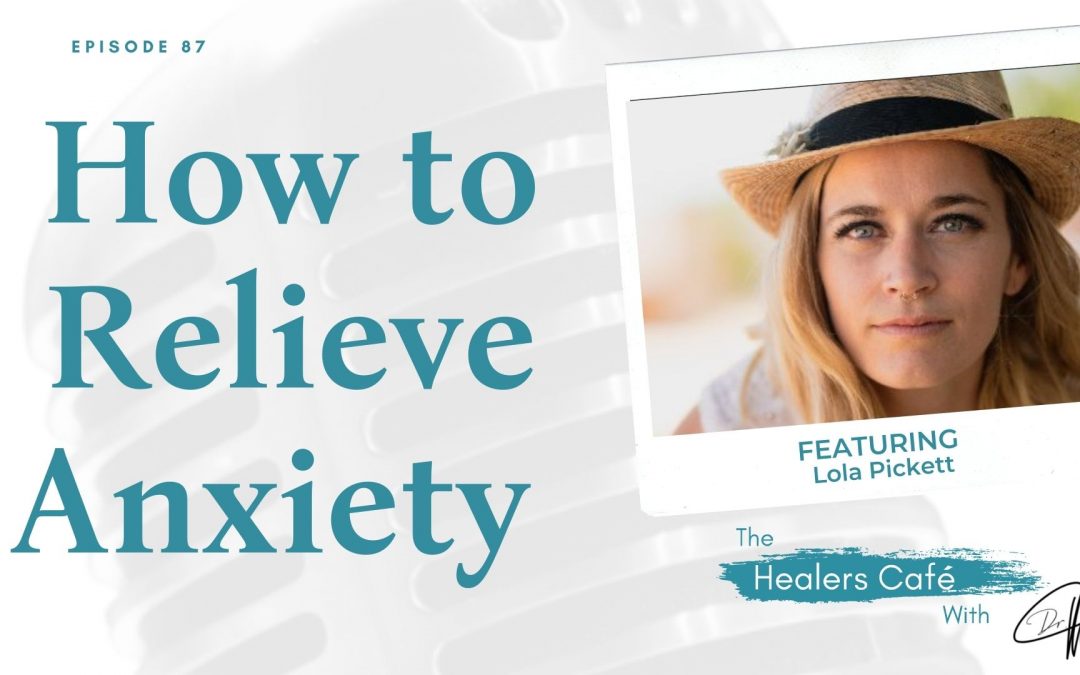
Lola Pickett
How to Relieve Anxiety with Lola Pickett on The Healers Café with Dr M (Manon Bolliger), NDIn this episode of The Healers Café, Dr. Manon Bolliger ND, talks with Lola Pickett, the importance of being seen, overcoming fears of success, being empaths, showing up for...
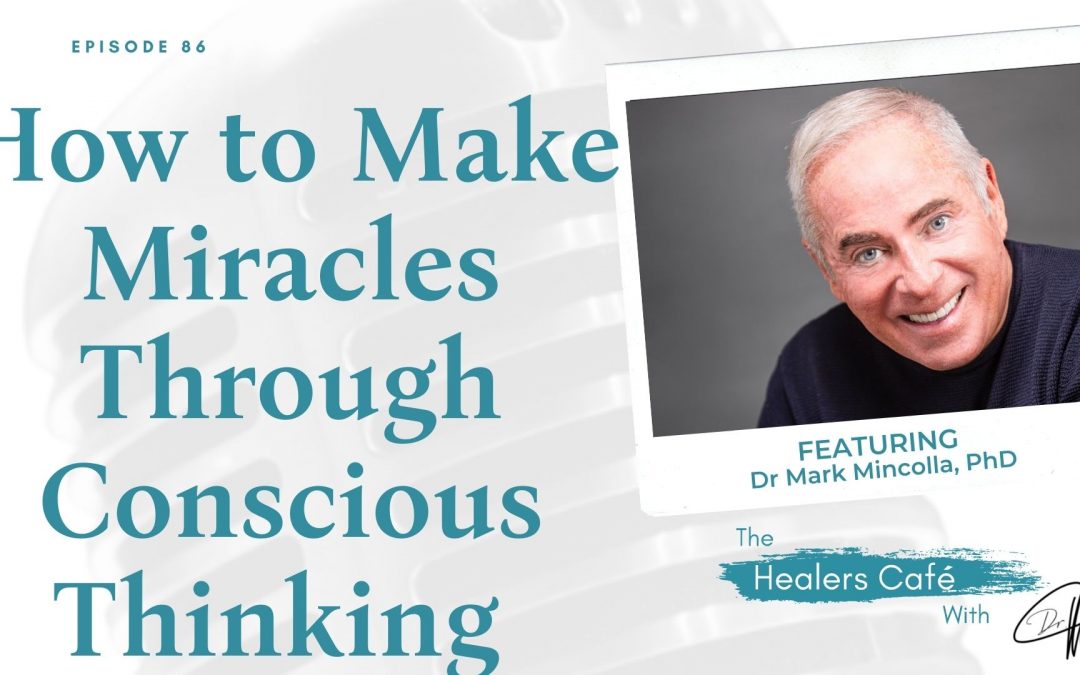
Dr Mark Mincolla, PhD
How to Make Miracles Through Conscious Thinking with Dr Mark Mincolla, PhD on The Healers Café with Dr M (Manon Bolliger), ND In this episode of The Healers Café, Dr. Manon Bolliger ND, talks with Dr Mark Mincolla, PhD about The Way of Miracles: Accessing Your...
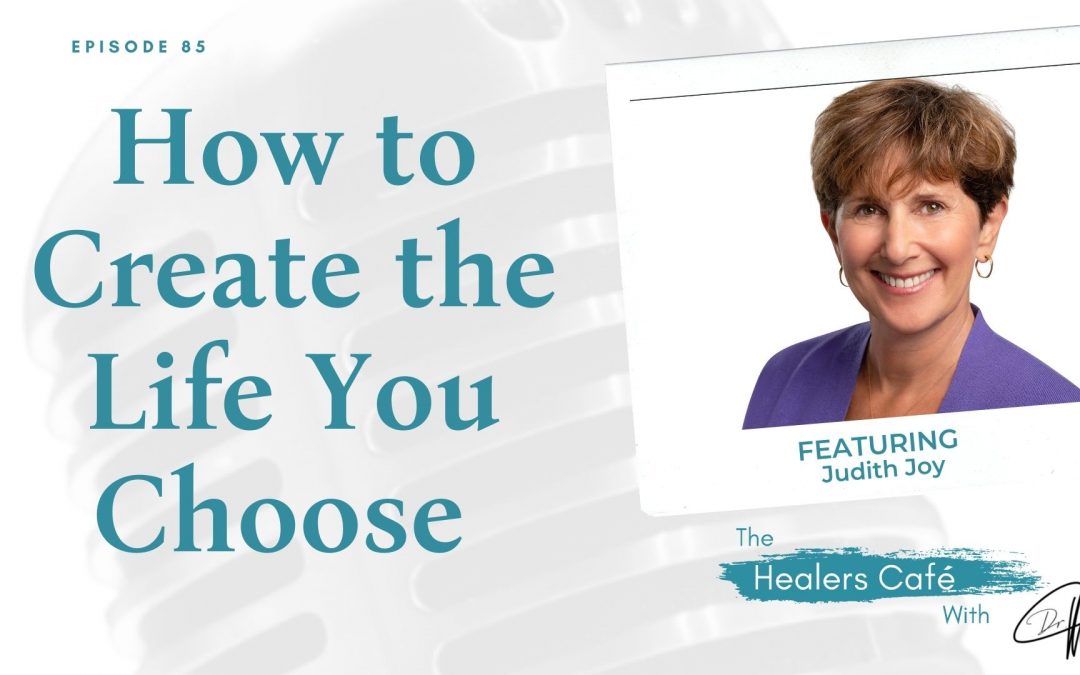
Judith Joy
How to Create the Life You Choose with Judith Joy on The Healers Café with Dr M (Manon Bolliger), ND In this episode of The Healers Café, Dr. Manon Bolliger ND, talks with Judith Joy. It is entirely possible to change your life and create the life of your dreams....
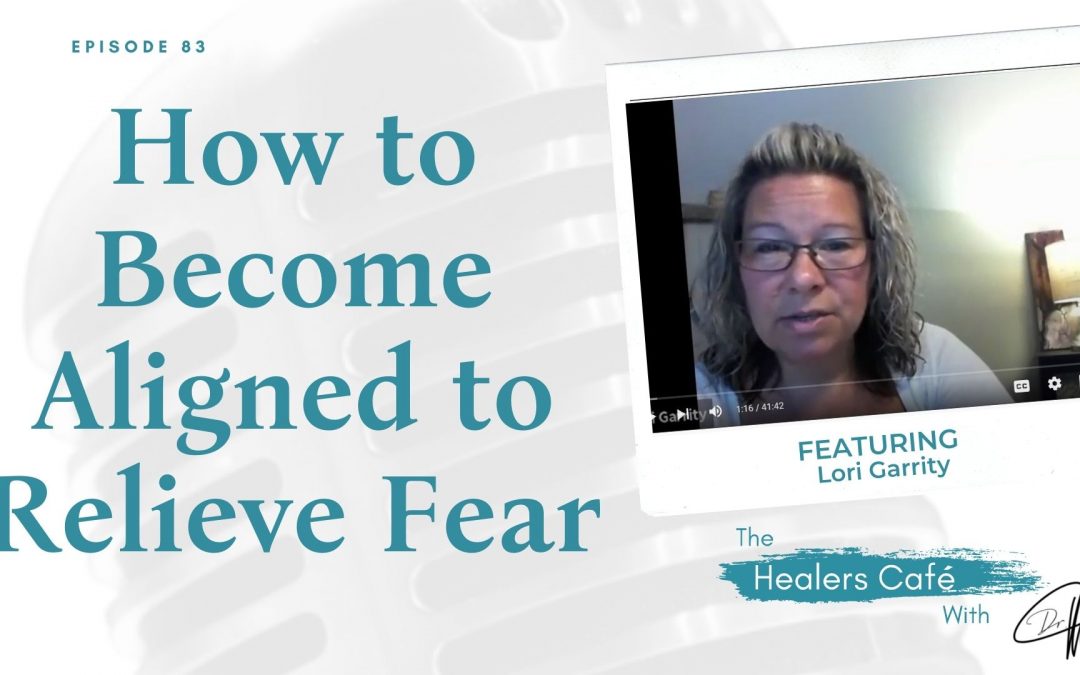
Lori Garrity
How to Become Aligned to Relieve Fear with Lori Garrity on The Healers Café with Dr M (Manon Bolliger), NDIn this episode of The Healers Café, Dr. Manon Bolliger ND, talks with Lori Garrity, Angel Fire Reiki Practitioner Highlights from today's episode include:...
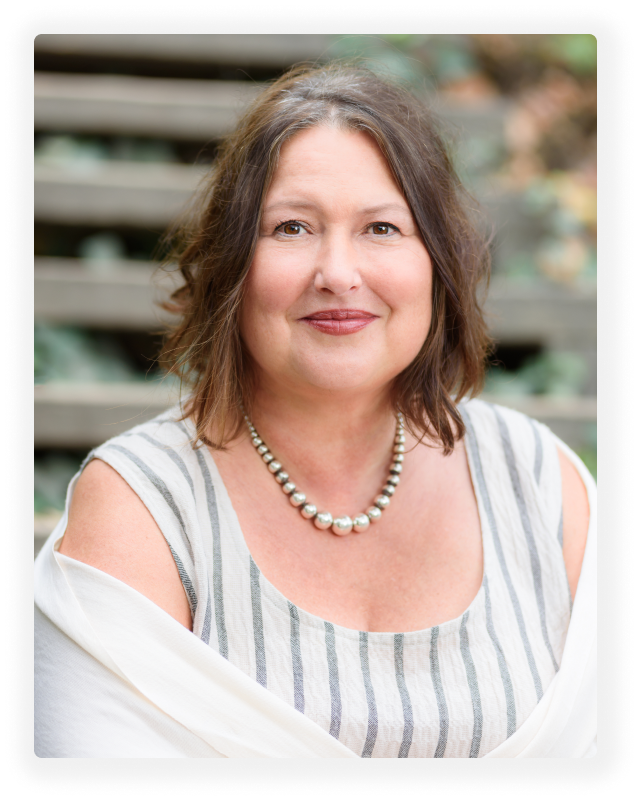
A Better Way To Connect With People
Manon is a newly retired Naturopathic Doctor, the Founder of Bowen College, an International Speaker, she did a TEDxTenayaPaseo (2021) talk “Your Body is Smarter Than You Think. Why Aren’t You Listening?” in Jan 2021, and is the author of 2 Amazon best-selling books “What Patient’s Don’t Say if Doctors Don’t Ask” & “A Healer in Every Household”.
FollOW MANON ON SOCIAL MEDIA
Manon Bolliger, FCAH, RBHT
Facilitator, Retired naturopath with 30+ years of practice, Business & Life Coach, International & TEDxTenayaPaseo (2021) Speaker, Educator, 2x Best Selling Author, Podcaster, Law Graduate and the CEO & Founder of The Bowen College Inc.
* Deregistered, revoked & retired naturopathic physician after 30 years of practice. Now resourceful & resolved to share with you all the tools to take care of your health & vitality!
![]()
